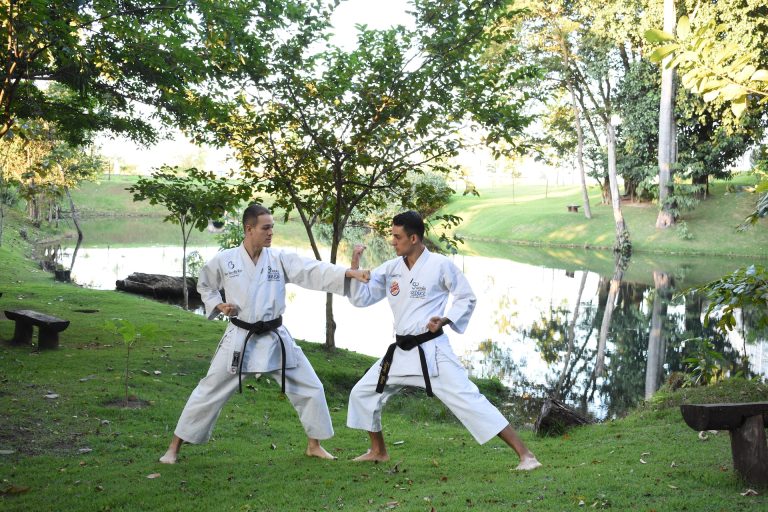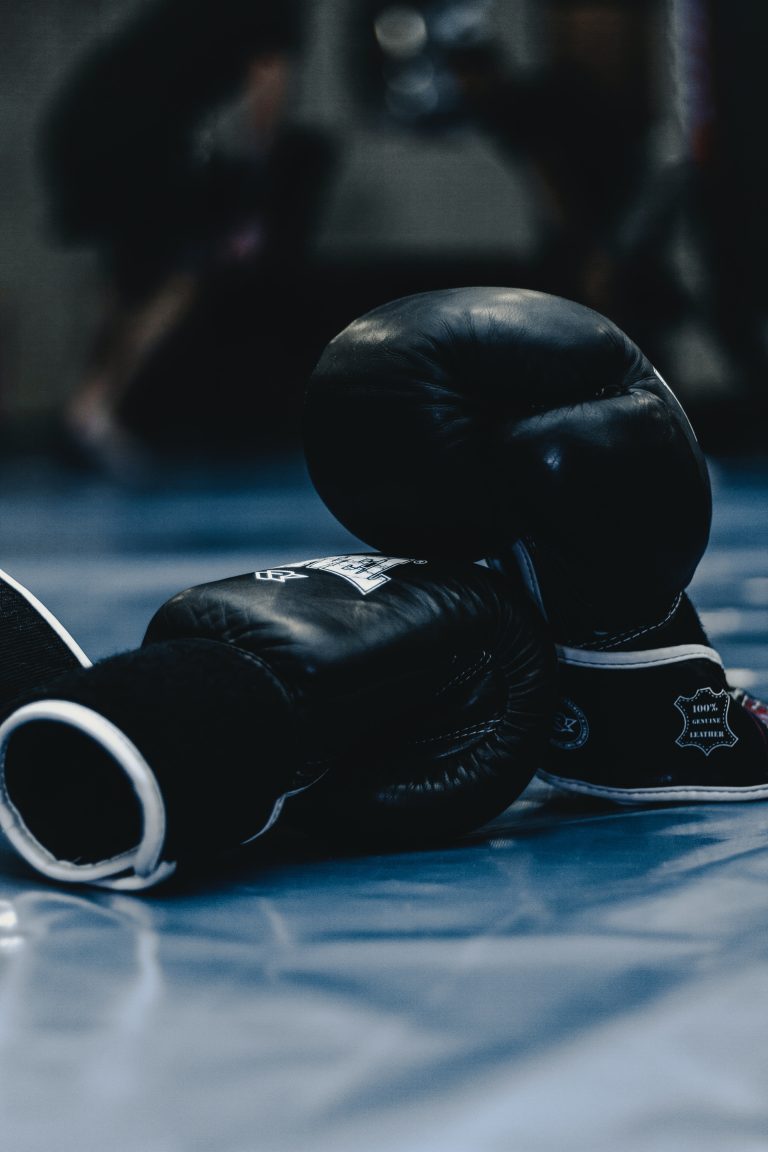Judo vs. Brazilian Jiu-Jitsu: What are the differences?
When it comes to martial arts, there are many different styles that people can choose to train in. Two popular styles that often get compared are Judo and Brazilian Jiu-Jitsu (BJJ). While they share some similarities, there are also significant differences between the two. In this blog post, we’ll take a closer look at Judo vs. BJJ and explore what sets them apart.
History
Judo and BJJ have different origins. Judo was created in Japan by Jigoro Kano in the late 19th century, while BJJ was developed in Brazil by the Gracie family in the early 20th century.
Judo is derived from traditional Japanese martial arts and was designed to be a sport that focuses on throws and takedowns, with an emphasis on controlling an opponent’s body. BJJ, on the other hand, is a ground fighting style that evolved from Judo and focuses on grappling and submissions.
Uniform
Both Judo and BJJ practitioners wear traditional uniforms, but there are some differences. Judo players wear a thick, reinforced jacket called a judogi, which is often used for throwing and gripping techniques. BJJ players wear a similar gi, but it is typically lighter and more flexible, allowing for greater movement during ground fighting. BJJ players also sometimes opt to train without a gi, which is known as no-gi grappling.
Techniques
While both Judo and BJJ involve throws and takedowns, they differ in their approaches to ground fighting. Judo focuses on quickly taking an opponent to the ground and outmaneuvering them from a standing position. Judo practitioners also learn chokes and joint locks, although these are generally limited to competition rulesets.
BJJ, on the other hand, is known for its ground fighting techniques. Practitioners learn a range of submissions, including chokes, joint locks, and compression holds, all while rolling on the ground. BJJ is also more permissive when it comes to the use of submissions, with practitioners allowed to use a wider range of techniques in competitions.
Competition
Judo and BJJ have different competition formats. Judo competitions are typically divided into weight classes and involve two competitors facing off in a match. Matches can be won by throwing an opponent to the ground or by holding them down for a certain amount of time. In BJJ, matches also have weight classes, but competitors are divided by skill level as well. BJJ matches are typically won by submitting an opponent or by earning points for various techniques.
Conclusion
While there are certainly similarities between Judo and BJJ, such as the use of uniforms and a focus on grappling, there are also significant differences that set them apart. Judo is more focused on throws and takedowns and is typically practiced with the use of a jacket. BJJ, on the other hand, emphasizes ground fighting and focuses on submissions. Ultimately, which style you choose to train in will depend on your personal goals and interests.
Judo vs. Brazilian Jiu-Jitsu: What are the differences?
Judo and Brazilian Jiu-Jitsu (BJJ) are two popular combat sports that have a lot of similarities, but also many differences. People often confuse the two, and it’s not uncommon for beginners to join a gym without knowing what they’re getting into. This post aims to clear up the confusion by answering some of the most frequently asked questions about the differences between Judo and Brazilian Jiu-Jitsu.
What are Judo and Brazilian Jiu-Jitsu?
Judo and BJJ are both grappling martial arts that originated in Japan and Brazil respectively. Judo was founded by Jigoro Kano in 1882, while BJJ was developed by the Gracie family in the 1920s. Both sports focus on the principle of leverage to overcome an opponent of greater size and strength.
What is the difference in training methods?
Judo training methods emphasise throwing and takedown techniques, as well as groundwork, including pins, chokes, and joint locks. In contrast, BJJ training methods are centred around ground fighting and submission holds. Both sports put a strong emphasis on sparring and live rolling, but the focus of the training methods is different.
What are the differences in techniques?
Judo techniques primarily focus on throws, takedowns, and pins, whereas BJJ techniques are more focused on ground fighting and submission holds. In Judo, matches can be won by throwing an opponent onto their back or pinning them for a predetermined amount of time. In BJJ, matches can be won by forcing an opponent to submit through chokes or joint locks.
What is the difference in uniforms?
Judo practitioners wear a heavy cotton jacket called a judogi, while BJJ practitioners wear a lightweight, form-fitting kimono called a gi. The judogi is heavier because it is designed to withstand the rigours of throwing techniques. The BJJ gi is lighter and more flexible to facilitate the more fluid movements required in ground fighting.
What are the differences in competition rules?
Both Judo and BJJ have their own rules for competition. In Judo, matches are won by either a full point (ippon) score achieved through a clean and controlled throw, or by accumulating smaller scores through throws, pins, or penalties such as stepping out of bounds. In BJJ, matches are won by forcing an opponent to submit, or by accumulating points for takedowns, sweeps, or dominant positions.
Which is more effective for self-defence?
Both Judo and BJJ are highly effective for self-defence in different situations. Judo is more effective for controlling and throwing attackers, whereas BJJ is more effective for ground fighting and submission holds. The choice between the two depends on the individual’s preference and the situation.
Which is better for fitness and health?
Both Judo and BJJ offer an excellent workout that can lead to increased fitness and health benefits. Judo provides a cardiovascular workout through quick bursts of high intensity physical activity, while BJJ provides a full body workout that builds muscles and improves flexibility.
Which is more popular?
Both Judo and BJJ have a strong following around the world. Judo is more popular in Japan and other parts of Asia, while BJJ has a strong following in Brazil and the United States. Both sports are growing in popularity around the world, with the rise of MMA and combat sports in general.
Conclusion
In conclusion, while both Judo and Brazilian Jiu-Jitsu are grappling martial arts with similar roots, there are many differences between the two. Judo focuses on throwing and takedown techniques, while BJJ emphasises ground fighting and submission holds. Both sports offer a lot of benefits, including increased fitness, self-defence skills, and opportunities for competition. The choice between the two ultimately depends on your individual goals, preferences and the situation you find yourself in.
Inhaltsverzeichnis





